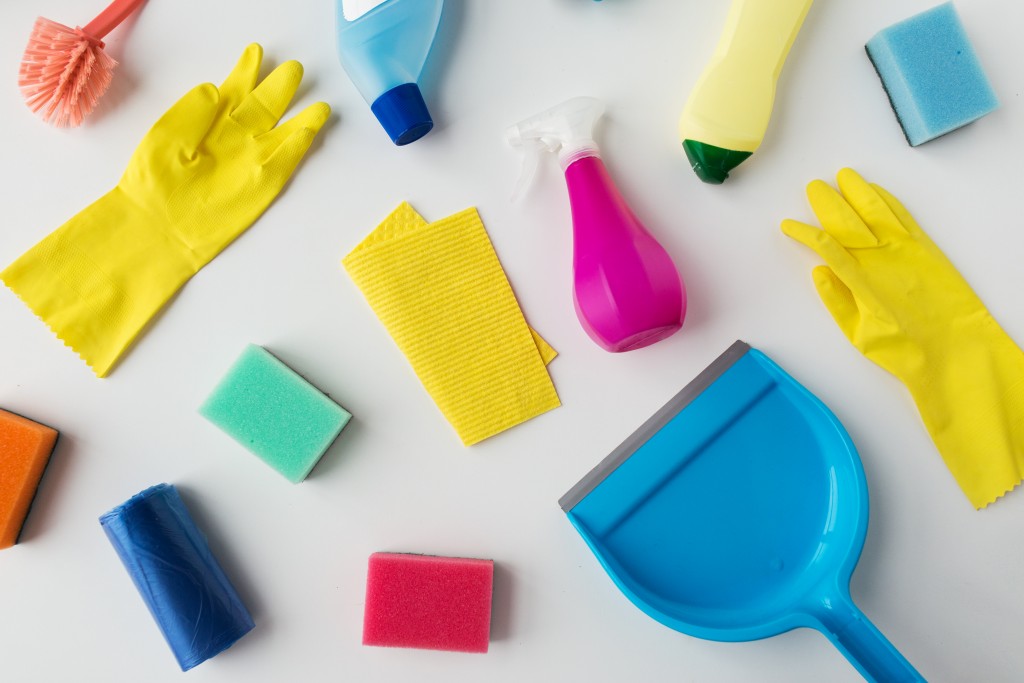Furniture accumulates more dirt than any other accessory in the house. This is mostly because furniture comes into contact with people the most. As such, they are also the most prone to receiving dirt and other litter.
Maintaining a regular cleaning schedule for your furniture will help extend its life span considerably while also providing a cleaner environment around the house. Here are a few tips for cleaning your furniture the same way a professional would:
1. Maximize vacuum technology.
Vacuum cleaners do not get the respect they deserve when it comes to cleaning technologies. Often taken for granted due to how easy they are to operate, vacuum cleaners remain among the most effective cleaning appliances because they can work on multiple surfaces, including furniture.
If you feel too tired to wipe away your furniture, you can use a vacuum cleaner instead of removing dust and dirt buildup effortlessly. If you have any pets, the vacuum cleaner will also sweep away any fur shedding on the furniture. Additionally, newer versions of the vacuum cleaner can also rid the air of harmful allergens, making sure that you are safe and protected while cleaning the house.
2. Read instructions and labels to know what you are dealing with.
There are different types of furniture, with each type determined primarily by which material was used to manufacture it. Knowing what material was used for your furniture is essential because it tells you what kind of cleaning treatment best works with it and what cleaning chemicals can damage it. Professional cleaners do not use all-purpose cleaners because they are well aware that different materials require different cleaning agents.
Reading cleaning instructions is also a must to ensure you don’t harm the furniture. There are kinds of furniture that you can’t use any chemicals on, so you need to wipe them off with a dry cloth. On the other hand, there is also furniture that requires strong cleaning agents to take care of residue buildup in the corners and edges.
Cleaning instructions and furniture material are usually written on small labels on the furniture, so be on the lookout for those.
3. Test cleaning chemicals before coating your furniture with it.
Mistakes happen, and sometimes what’s written on the furniture label might vary from what actually happens in real life. To make sure that your furniture does not fall victim to such situations, it is best to apply a small portion of the cleaning agent first instead of applying it to the entire furniture right away.
Drop a small amount of the cleaning solution to an area of the furniture that isn’t as visible as others, such as its backside or underside. By doing this, even if the chemical somehow messes up the part, it is still well-hidden, and your visitors wouldn’t even know about the damage.
After wiping for a few minutes with the solution, you want to test, leave the surface to dry and settle. After a few minutes, check back for any noticeable discoloration, corrosion, or other damages that might have been caused by the cleaning material. If you find any negative effects, it means your cleaning solution is not compatible with your furniture.
4. Repairs are different from cleaning.
Sometimes, when cleaning furniture, you discover that a part of it needs repairs. While some issues can certainly be fixed yourself with the usual repair equipment that every household has, there are times when it’s better to seek professional assistance. For instance, if rust is starting to form on a metal chair, you can sand it off and apply a coating solution to make it look brand new. However, if a table starts to wobble because rust has eaten off one of its legs, no amount of cleaning can fix that anymore. You will need to buy a new one or get a modified metal fabrication to replace the broken leg with.
Cleaning Furniture

Furniture is an essential part of the house, as they usually combine helpful functions with attractive designs. It is important to take good care of your furniture not only for the house to look better but also to maximize the investment you made when you paid for it.
Creating and maintaining a regular cleaning schedule for your furniture is highly recommended to prolong its lifespan. Keeping an organized cleaning program can prevent dirt and dust from building up in furniture’s vulnerable places, such as corners and edges. By setting a schedule on when to clean furniture, you are also making it easier on yourself because you won’t have to deal with spot cleaning now and then.







